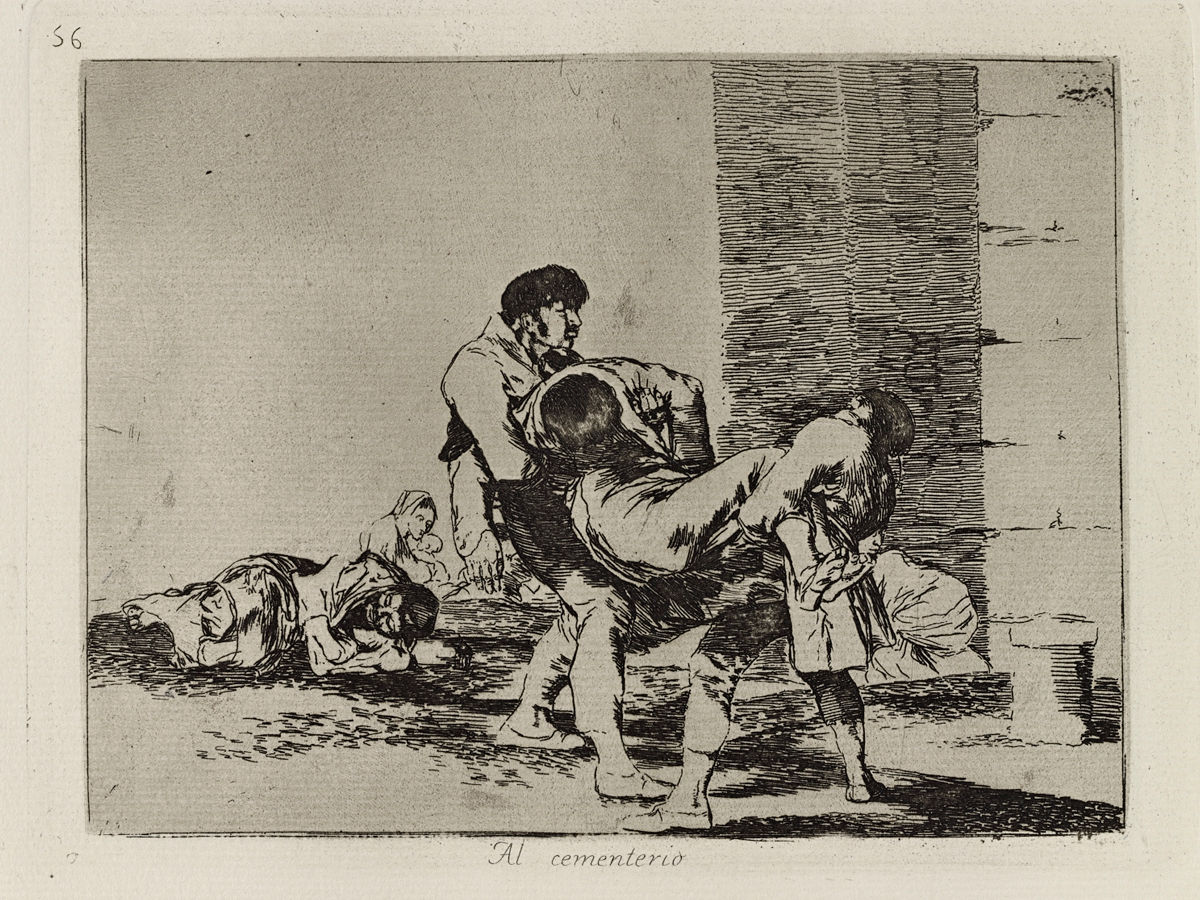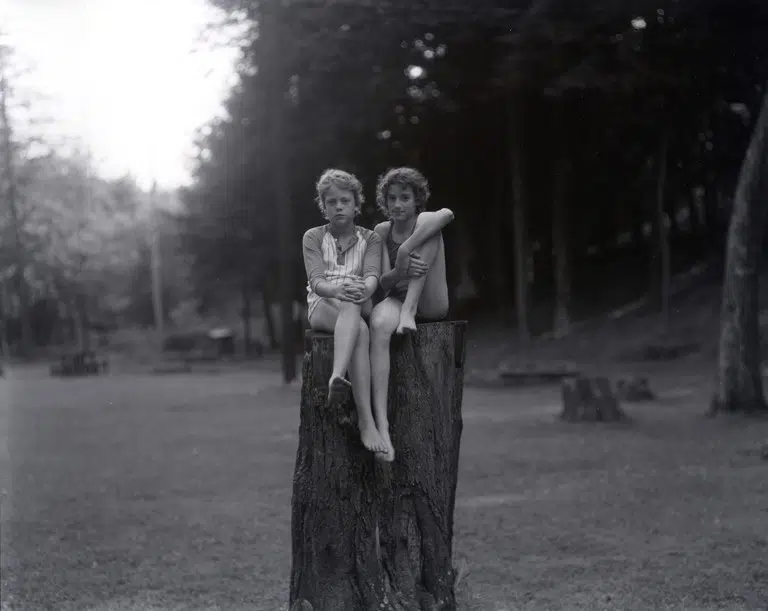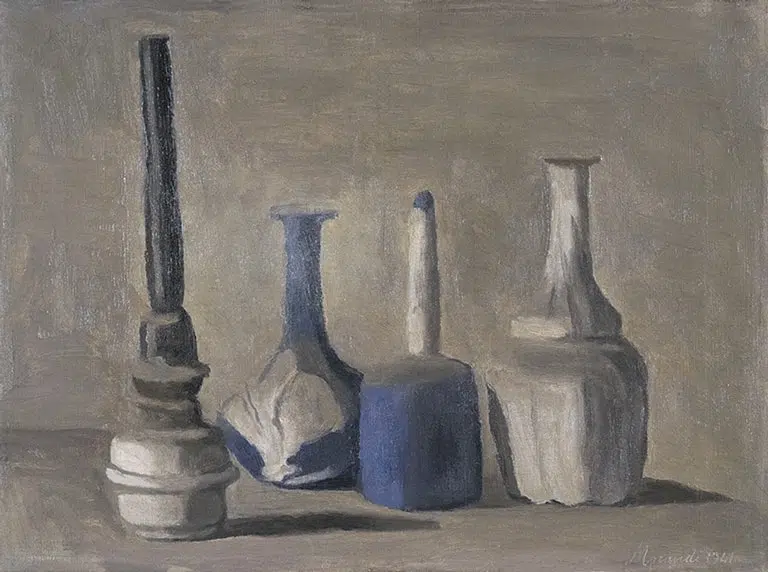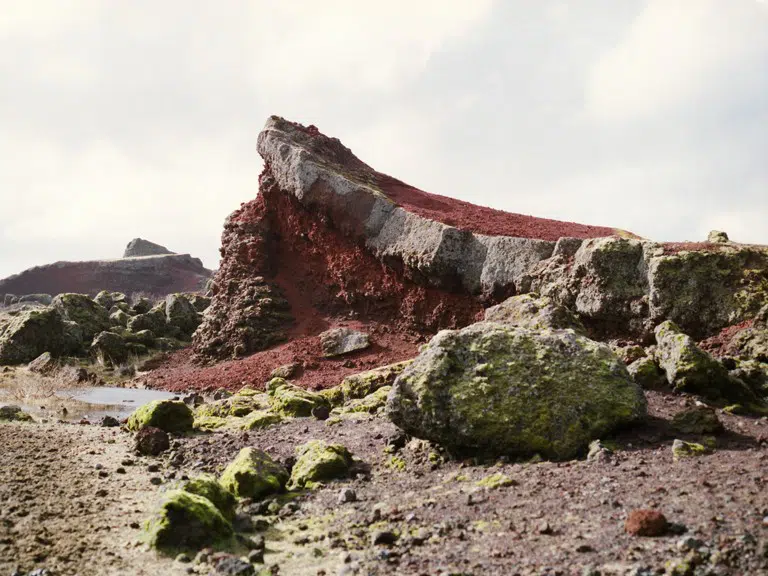Al cementerio

Francisco de Goya y Lucientes
Al cementerio, CA. 1811-1812
The Disasters of War
© Fundación MAPFRE COLLECTIONS
Technique
Etching, drypoint and burin
Measurements
Dimensions of printed area: 15,6 × 20,8 cm (6 1/8 × 8 3/16 in.)
Paper size: 23,5 × 32 cm (9 1/4 × 12 5/8 in.)
Inventory
FM002387
Material / Format
Carried out on an artisanal and vellum cellulose base. Printing is made using black ink.
Approach
The violence Goya witnessed during the Spanish War of Independence (1808-1804) compelled him to take up drawing, sketches and prints once again. This type of work, of a private nature, is an effective way for him to express the pain and anguish he feels in the face of the events of which he is a witness and a victim.
The series is usually divided into three sections: the first two parts comprise the “desastres de la guerra” (disasters of war) (1-64), the third contains the “caprichos enfáticos” (emphatic caprices) (65-80), understood as a reflection on the impact of the events that took place during the absolutist reign of Ferdinand VII.
Goya’s gaze is one of clarity and reveals the cruelty, misery, hunger, torture and death all around him. He distances himself from the traditional depiction of events that elevated the hero figure and instead presents us with an unflinching reality.
His scenes appear to possess a time of their own. He brings together the different facets of the war outside of time and space. He also treats space itself in a similar way, with both interior and exterior spaces being misleading. He rejects an overarching vision in favor of an extreme proximity, normally working in a two-dimensional plane and dispensing with depth of field. Similarly, he also uses scenic resources in order to build a realistic and credible work, a theatrical staging that draws in the viewer.
In terms of the action, the scenes are presented in a dynamic fashion. Moreover, there is a certain narrative thread which brings together the story and flows through the entire series, which Goya reveals progressively; he never looks back. The progressing war is placed before our eyes and Goya opts for a highly credible sequence of events: firstly the fighting and mayhem, with a loss of moral and human values; this is immediately followed by misery, disease and hunger; and finishes with a “return to order”. And always death.
In 2013 the eighty prints that make up the second series of Francisco de Goya y Lucientes’ engravings, Los Desastres de la Guerra (The Disasters of War) (ca. 1810-1815), were added to the collections which also houses the one hundred copper etchings of Pablo Picasso’s Suite Vollard. With this acquisition, FUNDACIÓN MAPFRE has further strengthened its interest in prints and consolidated its collections with the inclusion of two of the greatest figures in world art history.
The Disasters were published for the first time in 1863 by the San Fernando Royal Academy and printed in Laurencianco Potenciano’s studio more than thirty years after the artist’s death. In addition to the eighty prints in the series, Goya also made two other sheets, as a kind of epilogue to the series, which were separated from the rest and were not included in subsequent editions. Each one of these seven editions has its own peculiarities and all of them, apart from the first edition, were printed at the National Chalcography. The fourth edition, which forms part of the FUNDACIÓN MAPFRE Collections, was produced in 1906 by decision of the Academy. It is worth noting the delicateness and the care which which it was carried out. An even film of ink is left in order to bring together all the scenes, following the pattern established in the first edition.
AAVV, Catálogo de las estampas de Goya en la Biblioteca Nacional, Madrid, Biblioteca Nacional y Sociedad Estatal Goya 96, y Barcelona, Lunwerg Editores, 1996.
AAVV, Catálogo del Gabinete de Estampas del Museo Municipal de Madrid. I..Estampas españolas. Grabado, 1550-1820, 2 vols., Madrid, Ayuntamiento de Madrid, 1985.
AAVV, Disasters of War: Etchings by Francisco de Goya y Lucientes, Londres, Folio Society, 2014.
AAVV, El grabado en España, siglos XV-XVIII, Madrid, Espasa-Calpe, 1987.
AAVV, Goya, Madrid, Fundación Amigos del Museo del Prado y Galaxia Gutenberg, 2002.
AAVV, Goya en tiempos de guerra, cat. exp., Madrid, Museo Nacional del Prado, 2008.
AAVV, Goya grabador y litógrafo: repertorio bibliográfico, Madrid, Real Academia de Bellas Artes de San Fernando, 1992.
AAVV, Goya: los Desastres de la Guerra, cat. exp., Zaragoza, Obra Social Ibercaja, 2011.
AAVV, Goya: nuevas visiones. Homenaje a Enrique Lafuente Ferrari, Madrid, Amigos del Museo del Prado, 1987.
AAVV, Goya y el espíritu de la Ilustración, cat. exp., Madrid, Museo del Prado,1988.
AAVV, Goya y el mundo moderno, Madrid, Lunwerg Editores, 2008.
AAVV, La memoria de Goya (1828-1978), cat.exp., Zaragoza, Fundación Goya de Aragón, 2008.
AAVV, Victor Hugo: “Caos en el pincel…” Dibujos, cat. exp., Madrid, Museo Thyssen-Bornemisza, 2000.
ÁLVAREZ JUNCO, José, Mater Dolorosa: la idea de España en el siglo XIX, Madrid, Taurus, 2001.
ÁLVAREZ LOPERA, José, “Aportaciones documentales sobre la edición de grabados de Goya de 1937”, Archivo Español de Arte, 58 (1985), pp. 413-419.
BLAS, Javier, “Los Desastres de la Guerra y su fortuna crítica”, en Mísera humanidad la culpa es tuya. Estampas de la Guerra de la Independencia, cat.exp., Madrid, Museo Municipal, Calcografía Nacional y Caja de Asturias,1996.
BOZAL, Valeriano, Francisco Goya. Vida y obra, Madrid, TF Editores, 2005.
BOZAL, Valeriano, Goya y el gusto moderno, Madrid, Alianza Editorial, 1994.
BOZAL, Valeriano, Imagen de Goya, Barcelona, Lumen, 1983.
BOZAL, Valeriano, Miradas sobre la Guerra de la Independencia, cat. exp., Madrid, Biblioteca Nacional, 2008.
BOZAL, Valeriano, Coca GARRIDO y Jesusa VEGA, Desastres de la guerra de Francisco de Goya, Barcelona, Planeta, 2008.
BROWN, Jonathan, y Susan GRACE, Goya’s Last Works, cat. exp., Nueva York, Frick Collection, y New Haven, Yale University Press, 2006.
CALVO SERRALLER, Francisco, Goya: la imagen de la mujer, cat. exp., Madrid, Museo Nacional del Prado, 2001.
CARRETE, Juan. “Vicisitudes de algunas láminas grabadas por Francisco de Goya: ‘Los desastres de la guerra’, ‘Los disparates’, ‘La tauromaquia’”, Goya, 148-150 (1979), pp. 286-293.
DIEGO GARCÍA, Emilio de, y José Luis MARTÍNEZ SANZ (coords.), El comienzo de la Guerra de la Independencia. Congreso Internacional del Bicentenario, Madrid, Editorial Actas, 2009.
DUFOUR, Gérard, Goya durante la Guerra de la Independencia, Madrid, Cátedra, 2008.
ENCISO RECIO, Luis Miguel (ed.), El 2 de mayo y sus precedentes, actas de congreso, Madrid, Consorcio para la Organización de Madrid Capital Europea de la Cultura, 1992.
ESDAILE, Charles J., La guerra de la independencia: una nueva historia, Barcelona, Crítica, 2003.
FRASER, Ronald, La maldita guerra de España: historia social de la Guerra de la Independencia, 1808-1814, Barcelona, Crítica, 2006.
GARRIDO SÁNCHEZ, Carmen, Goya: de la pintura al grabado. La técnica goyesca del grabado y su influencia en España, tesis doctoral, Universidad Complutense de Madrid, 1988.
GASSIER, Pierre, Dibujos de Goya: estudios para grabados y pinturas, Barcelona, Editorial Noguer, 1975.
GASSIER, Pierre, y Juliet WILSON, Vida y obra de Francisco de Goya, Barcelona, Juventud, 1974.
GLENDINNING, Nigel, “A Solution to the Enigma of Goya’s ‘Emphatic Caprices’. Nos. 65-80 of ‘The Disasters of War’”, Apollo, 193 (1978), pp.186-191.
GLENDINNING, Nigel, Goya. La década de los caprichos: retratos, 1792-1804, Madrid, Real Academia de Bellas Artes de San Fernando, 1992.
GLENDINNING, Nigel, Goya y sus críticos, Madrid, Taurus, 1982.
HARRIS, Thomas, Goya: Engravings and Lithographs, 2 vols., Oxford, Bruno Cassirer, 1964.
HELMAN, Edith F., “El desastre núm. 69 de Goya (visto contra el trasfondo político-literario de 1811-1814)”, en Homenaje a Julián Marías, Madrid, Espasa-Calpe, 1984.
HOCQUELLET, Richard, Resistencia y revolución durante la Guerra de la Independencia: del levantamiento patriótico a la soberanía nacional, Zaragoza, Prensas Universitarias de Zaragoza, 2008.
HUGUES, Robert, Goya, Barcelona, Galaxia Gutenberg, Círculo de Lectores, 2004.
LAFUENTE FERRARI, Enrique, Goya: dibujos, Bilbao, Sílex, 1980.
LAFUENTE FERRARI, Enrique, Los Desastres de la Guerra, Barcelona, Gustavo Gili, 1979.
LA PARRA LÓPEZ, Emilio, La guerra de Napoleón en España: reacciones, imágenes, consecuencias, Alicante, Universidad de Alicante, 2010.
MÉLIDA, Enrique, “Los Desastres de la Guerra. Colección de ochenta láminas inventadas y grabadas al agua fuerte, por don Francisco Goya”, El arte en España, II, 19-20 (1863), pp. 268-269.
NORDSTRÖM, Folke, Goya, Saturno y Melancolía: consideraciones sobre el arte de Goya, Madrid, Antonio Machado, 2013.
SANTIÁÑEZ, Nil, Goya/Clausewitz: paradigmas de la guerra absoluta, Barcelona, Alpha Decay, 2009.
VEGA, Jesusa, “Callot, Goya y la guerra”, en 3 visiones de la guerra: Jacques.Callot, Francisco de Goya, Otto Dix, cat. exp., Valencia, Bancaja, 2001, pp. 21-41.
VEGA, Jesusa, “Fatales consecuencias de la guerra. Francisco de Goya pintor”, en Francisco de Goya grabador: instantáneas. Desastres de la guerra, Madrid, Caser, 1992, pp. 19-48.
VEGA, Jesusa (dir.), Vivencia y memoria de la Guerra de la Independencia en la Fundación Lázaro Galdiano, cat. exp., Madrid, Sociedad Estatal de Conmemoraciones Culturales, 2008.
WILSON BAREAU, Juliet, Goya’s Prints. The Tomas Harris Collection in the British Museum, Londres, Trustees of the British Museum, 1981.
WOLF, Reva, ‘’Onlooker, Witness and Judge in Goya’s Disasters of War’’, en Fatal Consequences: Callot, Goya, and the Horrors of War, cat. exp., Hanover (New Hampshire), Hood Museum of Art, Dartmouth College, 1990.




